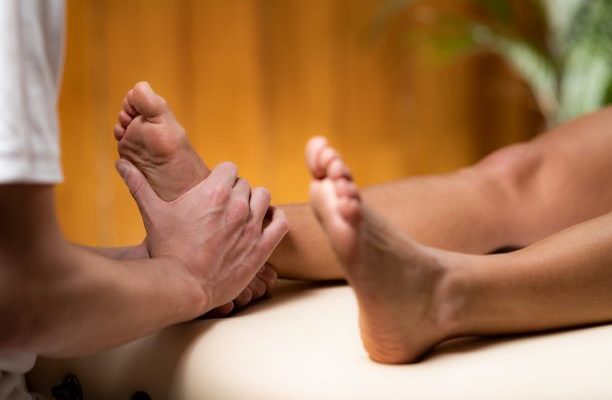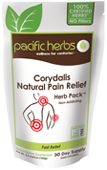Wishing you All The Best in the New Year!
Good Health and Happiness and
we look forward to working with you in 2020!
Are you ready to say goodbye to this decade and start a new one?
I’ve been rethinking some of the last 10 years big wins and losses, lessons and life events. Many have made indelible imprints on me but one, I feel compelled to share with you.
I lived in Los Angeles for most of my adult life until 5 years ago when we decided to leap into the unknown world of Bend, Oregon. Moving to a “rural” town from a huge metropolis as you can imagine was both an adventure and challenge. It’s been soooo much more, but the biggest change after 5 years I can now pinpoint as my ability to “ReWild”.
What I mean by “ReWilding” is living closer to natures rhythms, to be grounded through the natural cycles of life and by doing so improving my health and well being.
For example, following a 24 hour cycle more closely. Sleeping closer to when its first dark, waking when its first light (especially in the winter months). Playing outdoors daily, (even if it’s only walking) no matter what the weather. Simple things like eating with the seasons, returning to our roots, returning to ourselves. (I find this easier when I limit my time on social media.) That’s what ReWilding means to me.
Why is “ReWilding” Important?
I’m using this term “Rewilding” loosely, what I want to convey is grounding, or anchoring yourself in the present to reverse the process of 21st century connected lifestyle. When you’re eating, be fully present and enjoy your food completely. When you’re exercising, same philosophy, be there completely, for work and for social engagements same. Our quick moving society often distracts us from the present. Rewilding philosophy is a slowing down to return to ourselves. This not only lowers are stress levels, but releases our creative juices and our intuitive selves.
I know for sure you can ReWild yourself anywhere and everywhere, wherever you may be. It’s like coming home to a place you’ve always belonged too.
For 2020, my wish for you is a little time to discover ReWilding for yourself. The health benefits just might surprise you.
Happy ReWilding,
Cathy Margolin L.Ac. & Team
Founder & Self-Proclaimed ReWilder at Pacific Herbs


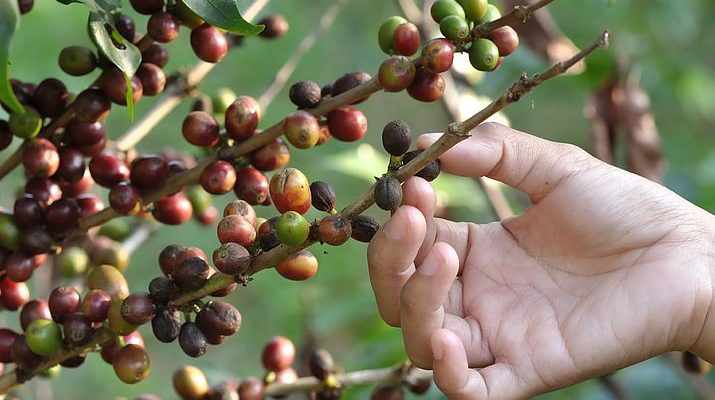
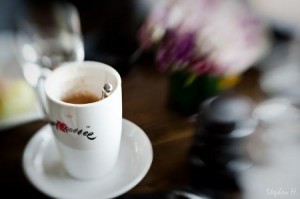
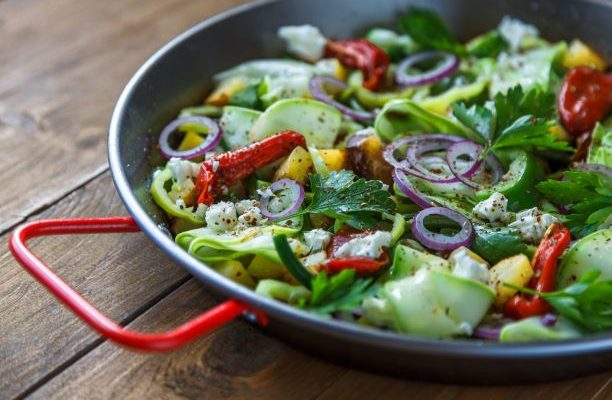

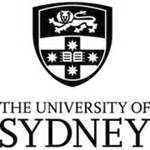
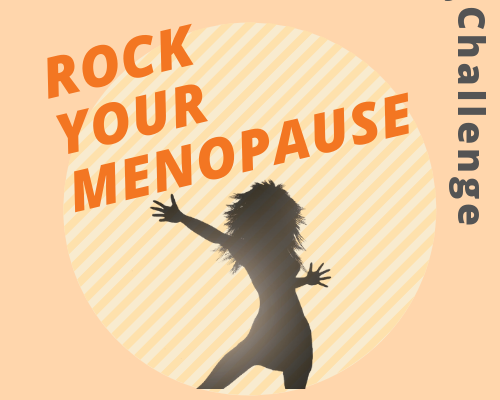
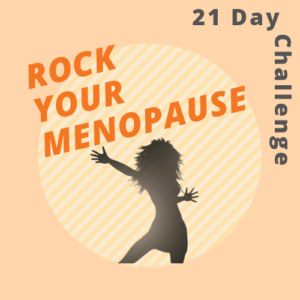

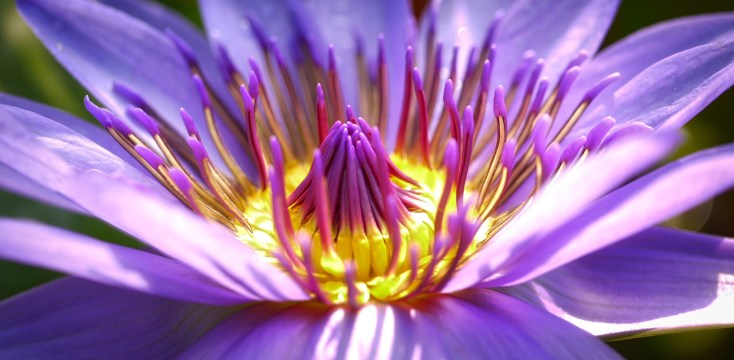
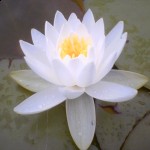
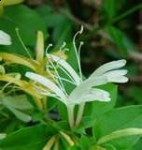
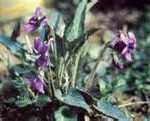

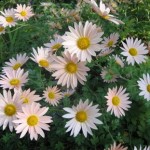


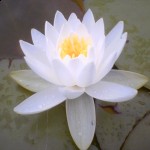
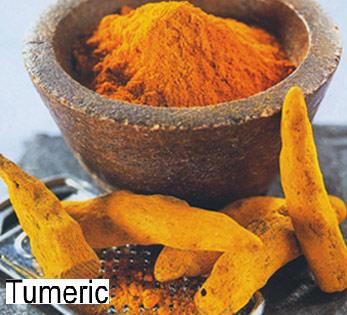
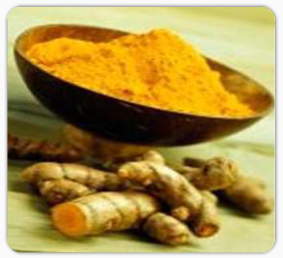
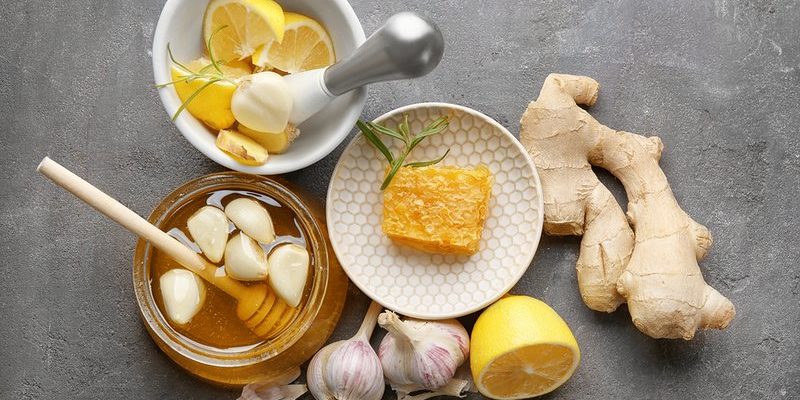
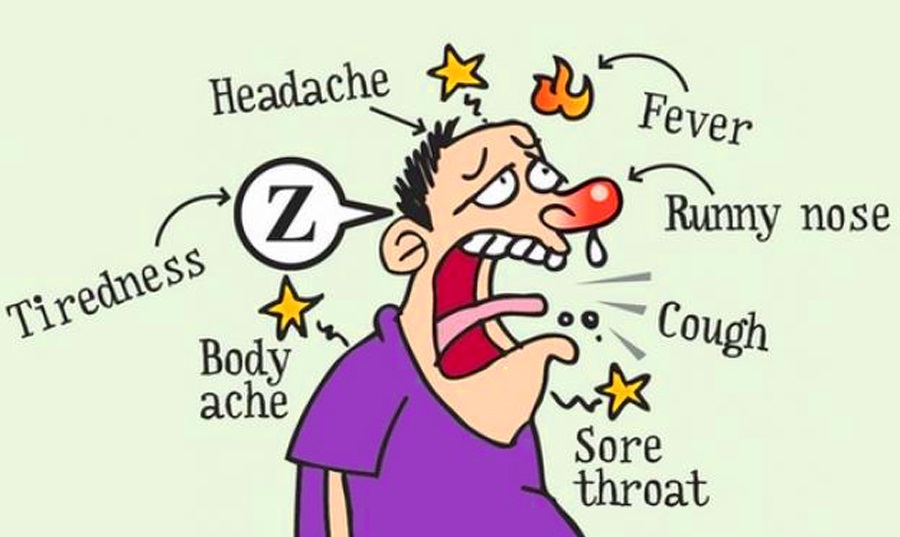

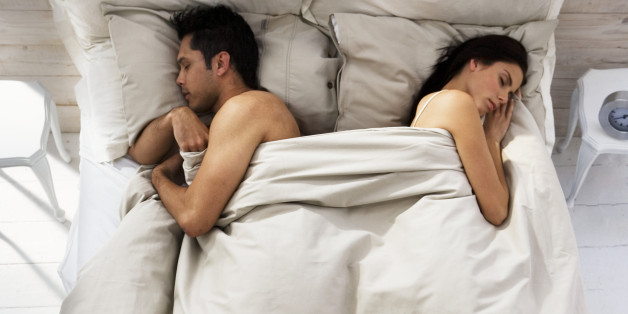
 “My 88 year old husband was prescribed Ambien for insomnia. After the first dose, he fell while getting up to go the bathroom, gashed his head and had to go to the emergency room for stitches. A year later, I gave him a half-dose (again prescribed) and within minutes, his legs collapsed on him. I had the hardest time getting him into bed.
“My 88 year old husband was prescribed Ambien for insomnia. After the first dose, he fell while getting up to go the bathroom, gashed his head and had to go to the emergency room for stitches. A year later, I gave him a half-dose (again prescribed) and within minutes, his legs collapsed on him. I had the hardest time getting him into bed. 